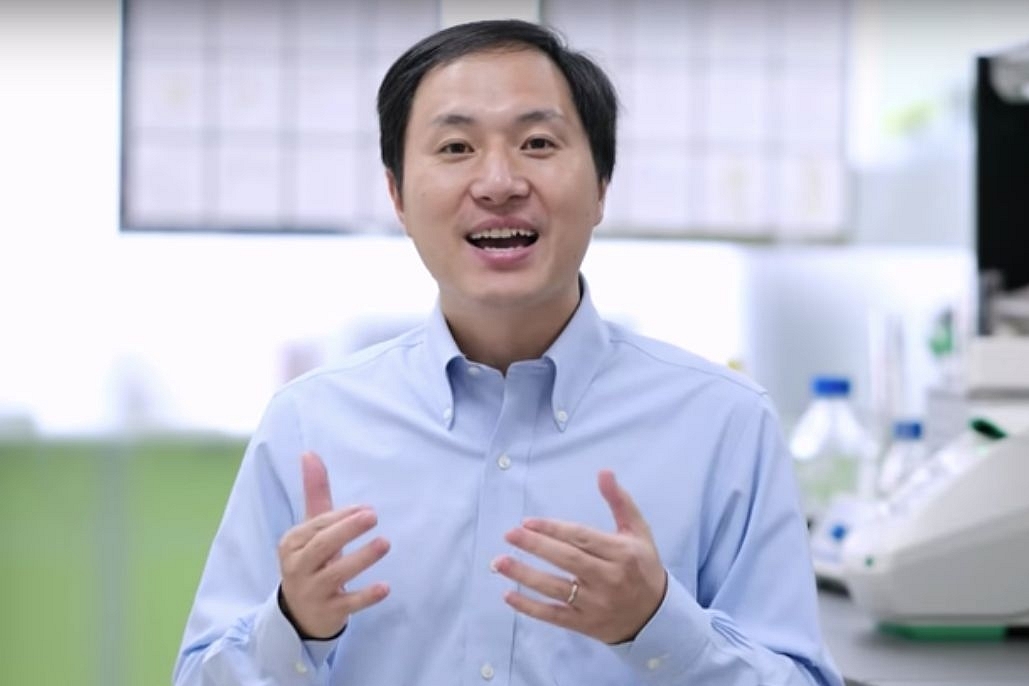Insta
‘Made In China’ Designer Babies? Chinese Scientist Claims Successful Birth Of World’s First Genetically Edited Humans

He Jiankui, the Chinese scientist. (YouTube screengrab)
A Chinese researcher He Jiankui has claimed that he has modified the DNA of embryos from seven couples during fertility treatments, leading to the successful birth of genetically altered twin girls this month, AP has reported.
His work, however, has not yet been published or independently confirmed. He added that his goal was not to cure or prevent an inherited disease but to try to bestow a trait that few people naturally have — an ability to resist possible future infection with HIV, the AIDS virus by disabling embryos’ CCR5 genes.
He also noted that his work is about creating children who would not suffer from diseases, rather than making designer babies with bespoke eye colours or a high IQ.
"I understand my work will be controversial - but I believe families need this technology and I'm willing to take the criticism for them," he says in a video he posted. Critics have since described his work as “unconscionable” and “premature”.
Editing sperm, eggs or embryos, meanwhile, in banned in the United States (US).
No other technology like the recently developed “genome editing” has taken the world by storm in the annals of modern biotechnology. Genome editing tools are being applied to alter specific gene(s) and also are being refined at such a rapid rate that it is really hard to predict its advancement on a day-to-day basis.
Genome editing offers highly precise methods of snipping unwanted gene (DNA) sequences of any organism, just like a manuscript editor can use an eraser to get rid of any stretch of a sentence. It is also used to drive the transmission of desired gene(s) in a given population.
Genome editing is not just one technology or one technique, but a family of techniques used to alter the genome of an organism by sharp and crisp editing. The techniques include CRISPR-Cas9, site-directed nucleases (SDNs), Zinc finger nuclease (ZFNs) and Transcription activator-like effector nucleases (TALENs), Oligonucleotide-directed mutagenesis, RNA interference, Cisgenesis, Intragenesis, reverse breeding, RNA-dependent DNA methylation, Rapid trait development system (RTDS) and SpiX technology.
The US has thus far balked at granting permission to use gene editing techniques on human cell lines.
Support Swarajya's 50 Ground Reports Project & Sponsor A Story
Every general election Swarajya does a 50 ground reports project.
Aimed only at serious readers and those who appreciate the nuances of political undercurrents, the project provides a sense of India's electoral landscape. As you know, these reports are produced after considerable investment of travel, time and effort on the ground.
This time too we've kicked off the project in style and have covered over 30 constituencies already. If you're someone who appreciates such work and have enjoyed our coverage please consider sponsoring a ground report for just Rs 2999 to Rs 19,999 - it goes a long way in helping us produce more quality reportage.
You can also back this project by becoming a subscriber for as little as Rs 999 - so do click on this links and choose a plan that suits you and back us.
Click below to contribute.
Latest